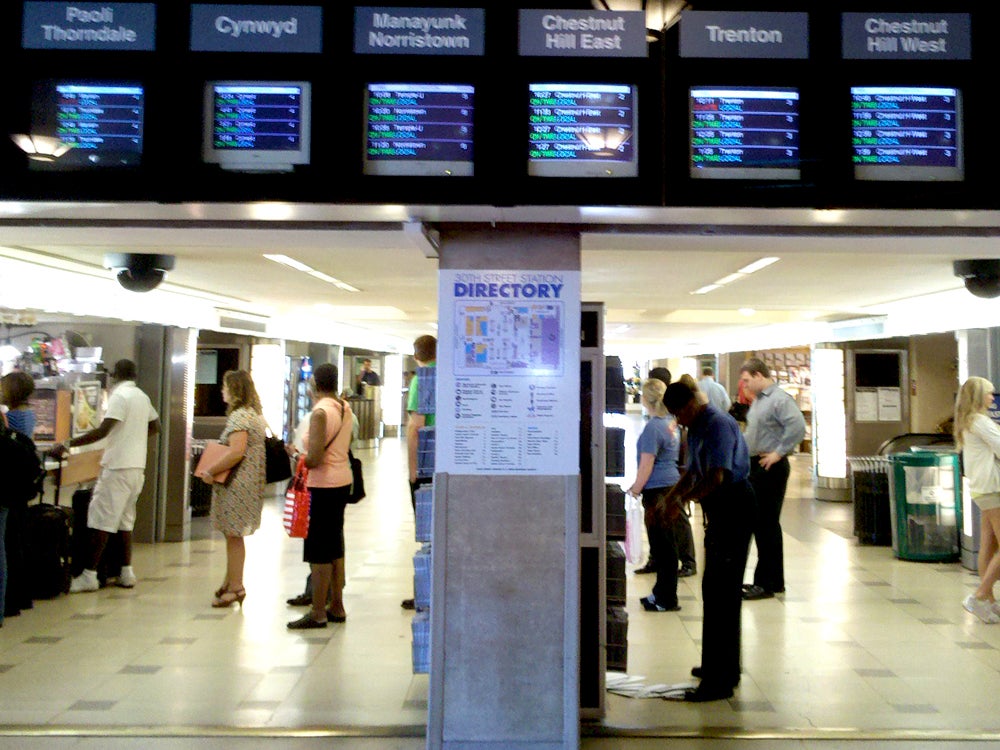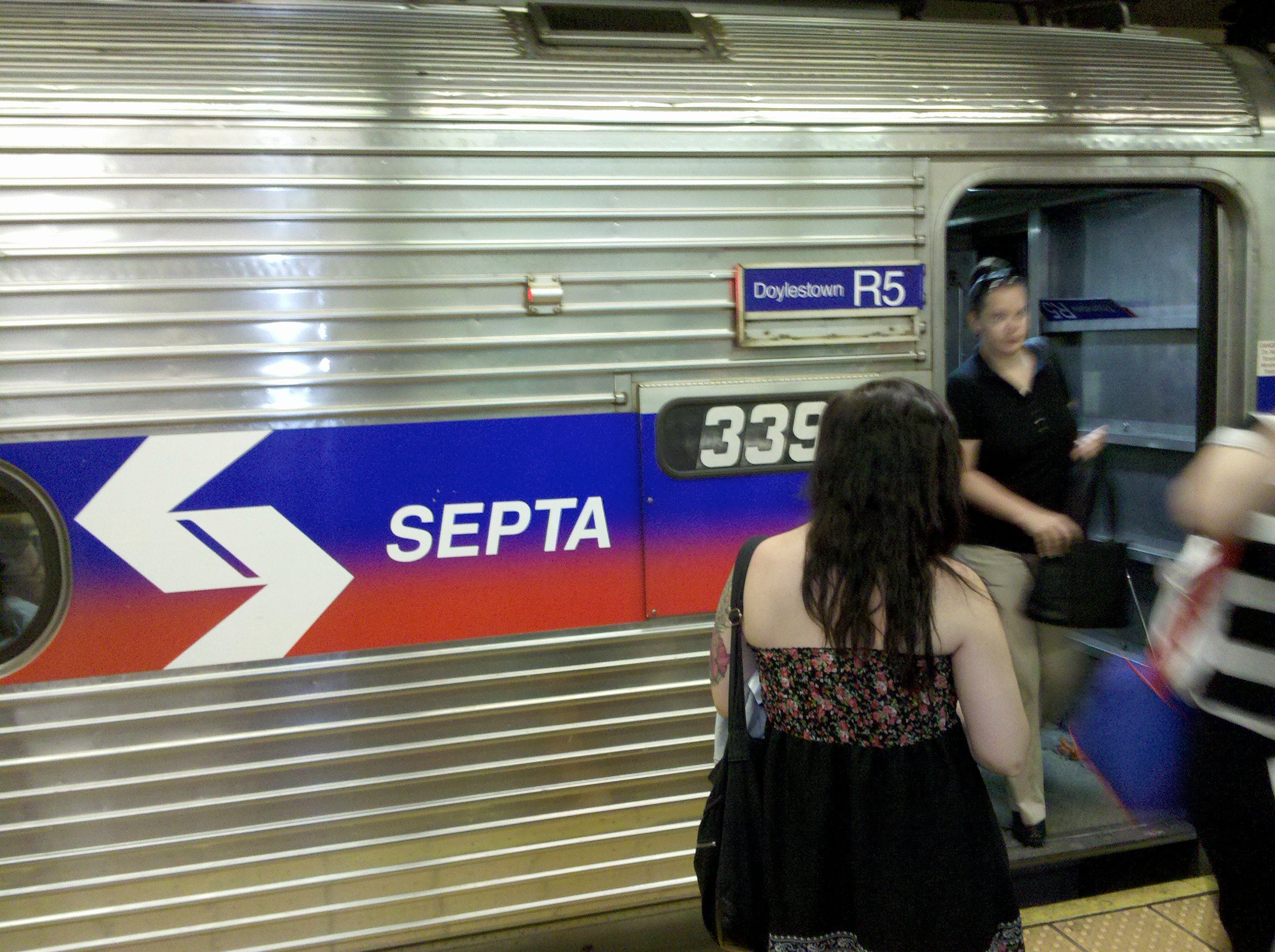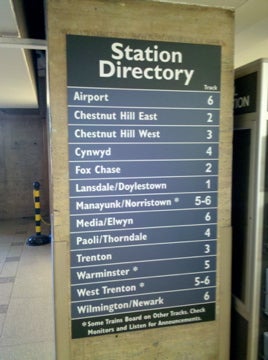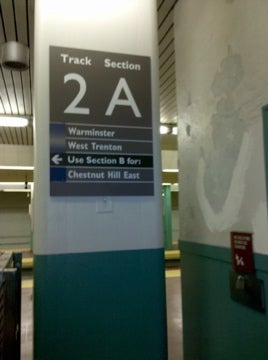Little confusion around regional rail designations during first busy commuter days
Walking around Suburban Station the last two mornings, you’d never guess SEPTA had made major changes to its regional rail system over the weekend.
People were calmly sitting on the main concourse and on station platforms while waiting for their trains.
No one seemed confused about where to go or sounded distressed that the regional rail numbering system — which debuted in the 1980s — was replaced on Sunday.
SEPTA is now referring to regional rail lines mostly by their station terminals — with an exception for the former R6 Norristown line, now christened the Manayunk/Norristown line on account of growing ridership to that up-and-coming neighborhood.
“To me it’s not confusing,” said Dominique London, a daily reverse commuter to Glenside. Though she questioned the wisdom of the change, fearing it would confuse less frequent riders, London said that her routine is so set in stone that she doesn’t even have to think about it.
That sentiment was echoed by Anna Urban Gellman while waiting for her train home to Norristown. “It’s on autopilot,” she said, adding that she went online to find out details about the changes.
Meg Berry, waiting for the Airport train at 30th Street Station said that she hadn’t had any problems on her first visit to the city.
She was heading back to Austin and didn’t have any problems using the trains because “I’m not afraid to ask for help.”
None of that surprised Matt Mitchell of the Delaware Valley Association of Rail Passengers.
“It never was going to be that big of a change,” he said, noting that SEPTA was hoping to help out a small number of infrequent riders who were confused by the old system. He didn’t expect the designation change to impact the vast majority of riders who are regular users.
At the same time, SEPTA got a lot of calls about the changes. Spokeswoman Jerri Williams said the authority’s customer service line received hundreds of calls over the last two days.
Most were positive, she said, though some complained about the elimination of regional rail numbers and the colors associated with them.
Riders were used to picking up their schedules according to their color, she said, and SEPTA has rebranded all lines a bluish-gray.
Williams added that SEPTA customer service employees were in Center City stations Friday and Monday mornings to answer questions.
They handed out over 1,000 flyers with information about the changes. That’s not to say everything was working perfectly.
The Alvinator, SEPTA’s pet name for the automated station announcement system, occasionally fumbled the new designations — though the system sometimes does that on normal days.
And SEPTA didn’t quite have everything in place in Center City that it said it would. All signs were replaced or had the regional rail designations on them covered by blue tape, and the banks of television monitors showing train arrivals had been changed to reflect the new line names.
Stations still had old system maps and trains were still carrying old regional rail placards — not the new ones communications director Elizabeth Mintz had described several weeks ago.
Williams said that the new system maps are still being printed. Titan Outdoor LLC is covering their cost in association with the renaming of Pattison station on the Broad Street Line, but the deal has delayed printing.Williams also said SEPTA had decided to leave the old placards on trains for the next several weeks until the authority was sure everyone knew of the changes.
She said SEPTA hopes this will keep people from boarding the wrong train while they become acclimated to the new line designations.
Once the authority replaces the maps in the Center City stations, it will move to change the signage and maps on outlying stations — though no final date for completion has been set.
WHYY is your source for fact-based, in-depth journalism and information. As a nonprofit organization, we rely on financial support from readers like you. Please give today.







